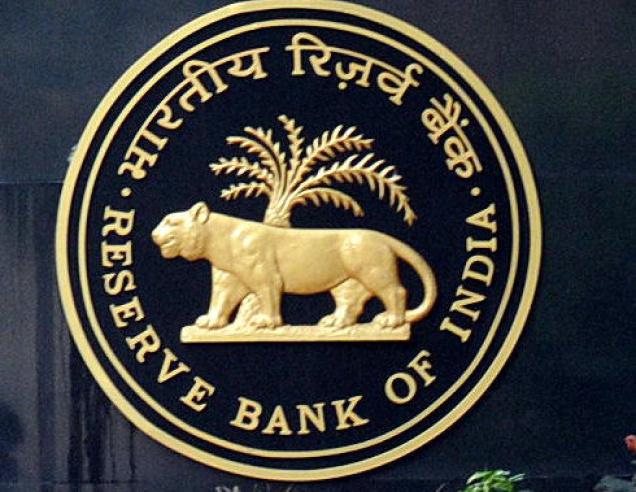Banks' asset quality better but systemic risks up: RBI
 Mumbai: The Reserve Bank of India on Thursday said the overall asset quality of banks has improved in the recent past with a reduction in bad loans, although systemic risks have increased.
Mumbai: The Reserve Bank of India on Thursday said the overall asset quality of banks has improved in the recent past with a reduction in bad loans, although systemic risks have increased.
"Banking sector risks have increased since December 2013, as shown by the Banking Stability Indicator.
"Though there was a marginal improvement in asset quality, concerns remain about the liquidity and profitability aspects. Stress tests indicate higher vulnerability for public sector banks as compared to their private sector counterparts," the RBI said in its ninth Financial Stability Report released this evening.
However, the RBI said further significant deterioration was unlikely under normal conditions.
The report noted that the marginal improvement was due to sales of non-performing assets and an overall improvement in asset quality by banks during the March quarter.
It said stress on the system has increased mainly due to liquidity and profitability pressures. The decline in the growth rate of credit and risk-weighted assets of banks, coupled with a decrease in Tier-1 leverage ratios, indicates efforts at repairing balance sheets have been rewarding.
The half-yearly report said various banking stability measures, based on co-movements in bank equity prices, indicate that distress dependencies within the banking system, which were rising during H2 of 2013, have remained at the same level since January 2014 mainly due to improved sentiments in stock prices.
The stress tests indicate the need for a higher level of provisioning to meet the expected losses of banks under adverse macroeconomic conditions.
On performance of banks and their resilience based on macro stress tests, the report said risks to the system as of March 2014 have increased since the publication of the previous report in December, as reflected by the banking stability indicator, which combines the impact on certain major risk dimensions. Though there are marginal improvements in the soundness and asset quality, concerns over liquidity and profitability continue.
The RBI report noted that banks, mainly state-owned ones, showed some improvement in their asset quality on lower slippages, higher recoveries and write-offs and by selling NPAs to asset reconstruction companies.
In his foreword, Governor Raghuram Rajan said the return to political stability has provided impetus to the outlook and the capital markets reflect the expectations on policy measures to address the adverse growth-inflation dynamics and saving-investment balance as also efficient implementation of policies and programmes.
The Governor said the financial system remains stable, though public sector banks face some major challenges, mainly in terms of asset quality and liquidity.
Macro stress tests show that the system level capital to risk-weighted assets ratio of banks remains well above the regulatory minimum even under adverse macroeconomic conditions, said the report.
Credit growth on a y-o-y basis declined significantly to 13.6 percent as of March 2014 from 17.1 percent in September 2013 and 15.1 percent in March 2013, while the decline in deposit growth from 14.4 percent to 13.9 percent was not as significant, according to the report.
Banks' retail portfolios, which have a share of about 19 percent in the total loans portfolio, grew 16.1 percent y-o-y as of March 2014, which was significantly higher than the overall credit growth.
The report said the y-o-y growth in risk-weighted assets of banks declined sharply from 24.7 percent to 12.6 percent between September 2013 and March 2014, while the capital to risk-weighted assets ratio improved to 12.9 percent from 12.7 percent.
At the same time, their Tier-I leverage ratio declined to 6.1 percent from 6.4 percent between September 2013 and March 2014.
Among bank groups, public sector banks recorded the lowest Tier-I leverage ratio at 5.2 percent in March 2014. --- PTI